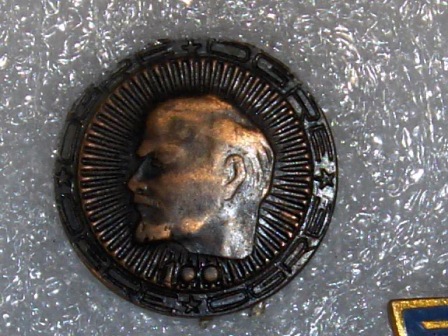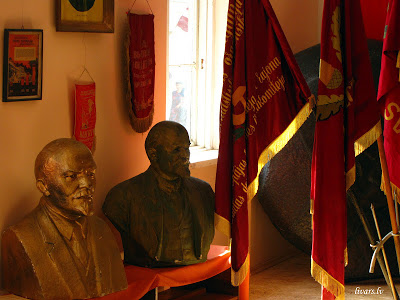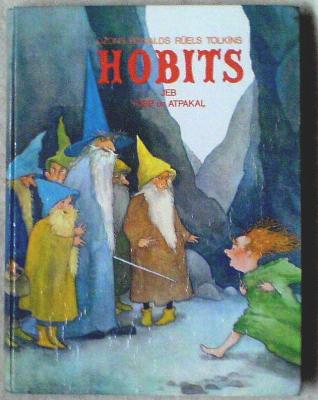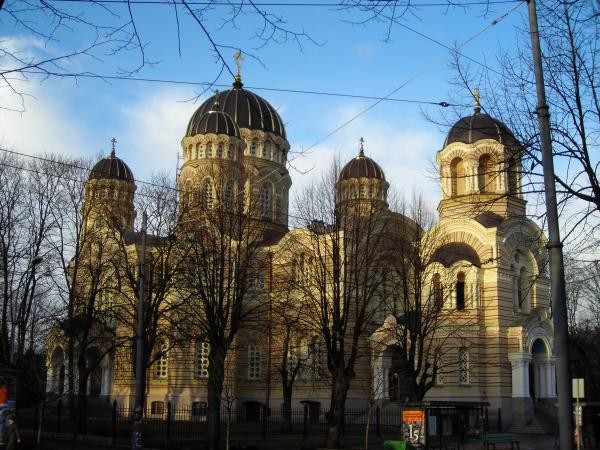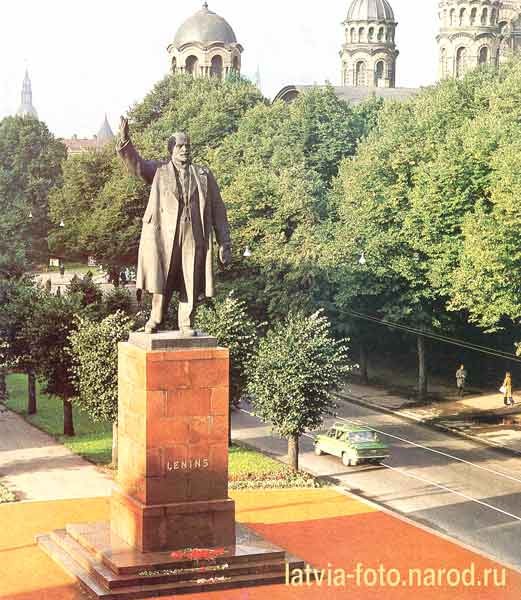
Like promised in the podcast, here are the photos which you might find useful while listening to our latest episode:
First, the famous Ogre pin. It’s not brand new anymore, but it’s as authentic as it gets.
Secondly, the so-called “Red Corner”. This is a reproduction from a museum, obviously – and it’s missing an important piece – the factory newspaper, usually put on a wall nearby. Also, Lenin’s writings are nowhere to be seen – I promise, I’ll scan and upload one of my dad’s photos, when I’ll go and visit him again. (He lives on the other side of the country, so that might take a while.)
Latvian edition of “The Hobbit”. No comments here – I’ll just let this image complement what I said about it in the show.
The Nativity of Christ cathedral in Riga. The current cathedral was build later than I mention in the show, Peter built the previous cathedral in the same spot – and it was burnt down during the Napoleonic wars. This one was build during the reign of Alexander II. Also, a neat cafe, called “in God’s ear” during the soviet era.
Lenin’s monument in Riga. Pointing straight at the local “for tourists” high-quality liquor shop. Courtesy of the Latvia’s Russian photo archive.

